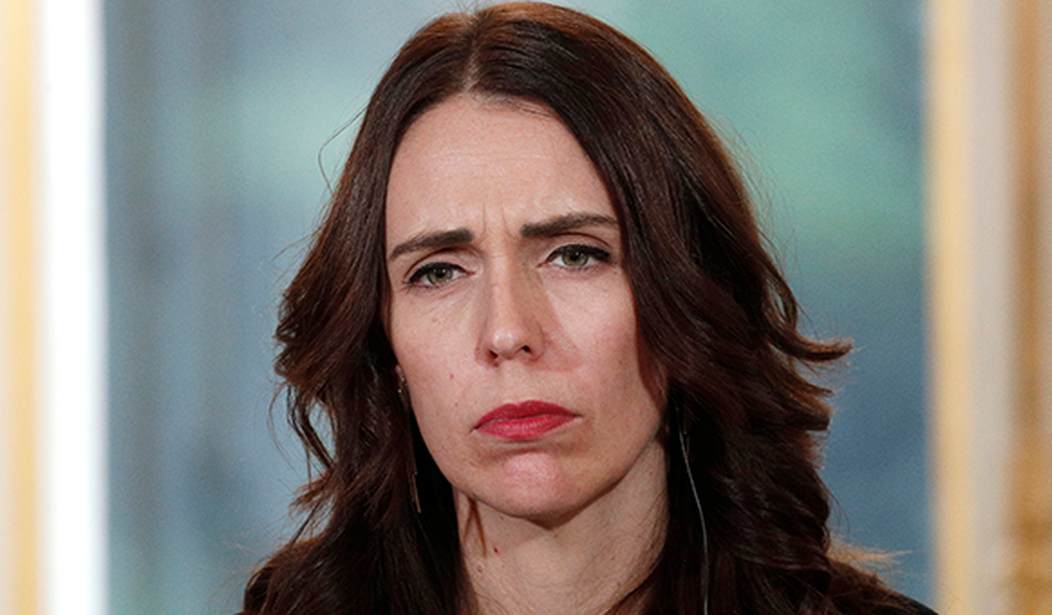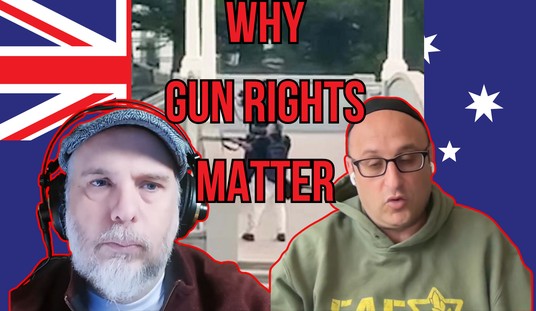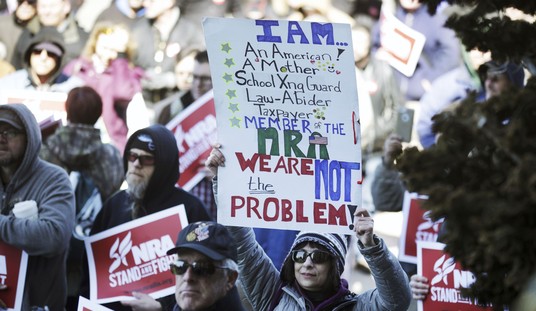New Zealand’s Auditor General released a new report on the country’s gun ban and compensated confiscation scheme this week, detailing major problems with how much the program cost, and how little the government knows about whether or not it was successful in stripping legal gun owners of the firearms they possess.
Auditor-General John Ryan has been investigating the cost and effectiveness of the confiscation since last September, and in his report released Wednesday, the government official revealed the country will spend close to $150-million on its efforts, far more than was originally budgeted.
The report found the police managed the scheme effectively, communicated well with the public, and that compensation payments did not exceed what was appropriate.
But it also found the administration costs for the scheme were more than expected.
In March last year, police produced an initial estimate of $18m to administer the scheme.
The estimate was based on limited information from the Australian buyback scheme and was completed quickly, before the costs of the supporting technology were fully known,” Ryan said.
“The police now estimate that, once fully completed, administering the scheme will have cost up to $35m. This includes costs of tracked staff time, contractors, and goods and services.
“This is nearly double the $18m the 2019 Budget provided and includes about $5.5m the police spent on the scheme in 2018/19.”
That figure doesn’t include the money given to gun owners in exchange for their legally owned firearms, which Ryan says will eventually come out to about $120-million. Even after all that money was spent, the Auditor-General says there’s no way to determine just how effective the ban was in taking firearms out of homes.
“The police’s provisional information, as at February 13, 2020, shows that 61,332 newly prohibited firearms had been collected and destroyed, or modified by police-approved gunsmiths so that they comply with the new requirements and remain the property of their owners.”
But neither police nor any other agency knew how many prohibited firearms, magazines, and parts were in the community when the law was changed.
“The previous regulatory regime focused on firearms owners instead of individual firearms. In part, because of this, the police do not have accurate information about how many firearms there are in the community.
“Without this information, we do not yet know how effective the scheme was.”
In other words, because New Zealand didn’t have a gun registration scheme, they have no idea how many banned firearms are still in the hands of gun owners who refused to give them up. That’s why Prime Minister Jacinda Ardern is now pushing for a new gun registration law as part of her latest gun control proposals. Requiring all gun owners to be licensed may tell the government who the legal gun owners are, but it doesn’t tell them what guns they own.
So, after spending $150-million, the New Zealand government has no idea if their gun ban was a success or not, only that it cost far more than originally expected and the government wants more gun laws to help them round up more guns when (not if) they decide to ban more firearms that are currently legal to own. It sounds like the country’s gun confiscation program didn’t do anything to make New Zealand safer, but it has made the country less free.









Join the conversation as a VIP Member